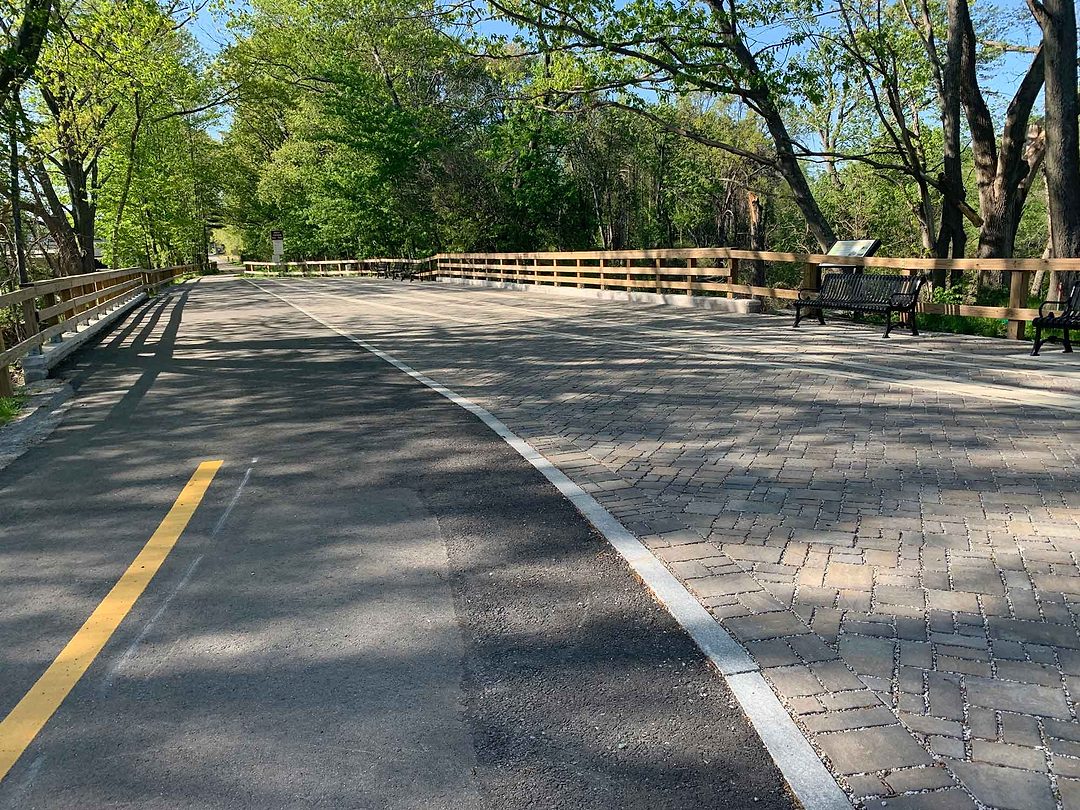In September 2019, Concord’s 2.5-mile section of the Bruce Freeman Rail Trail was opened — an integral part of what will be, upon completion, a 25-mile-long rail trail running from Lowell to Framingham. How did this all begin, and what does this mean for area residents and visitors?
The conversion of unused railroad trails began with the Elroy-Sparta State Trail in Wisconsin in 1965. Other rail trails, primarily in the Midwest, followed but it wasn’t until Congress deregulated the struggling railroad industry that the idea began to spread. Once free to abandon unprofitable routes, the railroads abandoned up to 8,000 miles of rail lines each year in the early 1980s. Concerned about the permanent loss of vital rail corridors, Congress amended the National Trails System Act to create “railbanking”. Railbanking provides a way to preserve inactive rail corridors for future use while allowing them to be developed for interim use. Today, there are more than 780 rail trails in the United States, with 53 in Massachusetts alone. Each year, tens of millions of people use the trails – which span more than 21,000 miles – to walk, run, bike, ski, and more.

Signpost and garden near Route 62 Crossing
The Bruce Freeman Rail Trail was championed by Representative Bruce N. Freeman, who served as state representative from Chelmsford from 1969 until his death in 1986. Inspired by the bike trails on which he rode with his son and grandson, Representative Freeman championed the cause of the Lowell-Sudbury Rail Trail in the state legislature during the mid-1980s. His successor, Carol C. Cleven, introduced a bill creating a bike path in his honor, which was signed into law in April 1989.

Bicycle repair station near Route 62 crossing - an Eagle Scout service project by Life Scout Nolan Roberts of Concord’s Boy Scout Troop 132
Today the Bruce Freeman Rail Trail connects the communities of Lowell, Chelmsford, Westford, Carlisle, and Acton. Two miles of trail through West Concord are also open. The bridge over Rte. 2 connecting the sections in Acton and Concord has not yet been completed. Future construction will include Sudbury and Framingham. The 10-foot-wide trail is paved and provides a great surface for outdoor activities like walking, running, cycling, rollerblading, and skiing. So, dust off those walking shoes, bicycle, or rollerblades and take advantage of this amazing community resource.
Visit the Bruce Freeman Rail Trail website for information on parking, partial closures, COVID-19 procedures, and more. brucefreemanrailtrail.org
Creating and maintaining a rail trail is no small undertaking and it needs your support. Become a member of Friends of the Bruce Freeman Rail Trail, make a donation, or volunteer your time to help with trail clean-ups, parades, and other events. It’s a great way to serve your community and meet new people.
All photos ©Judy Perrin



